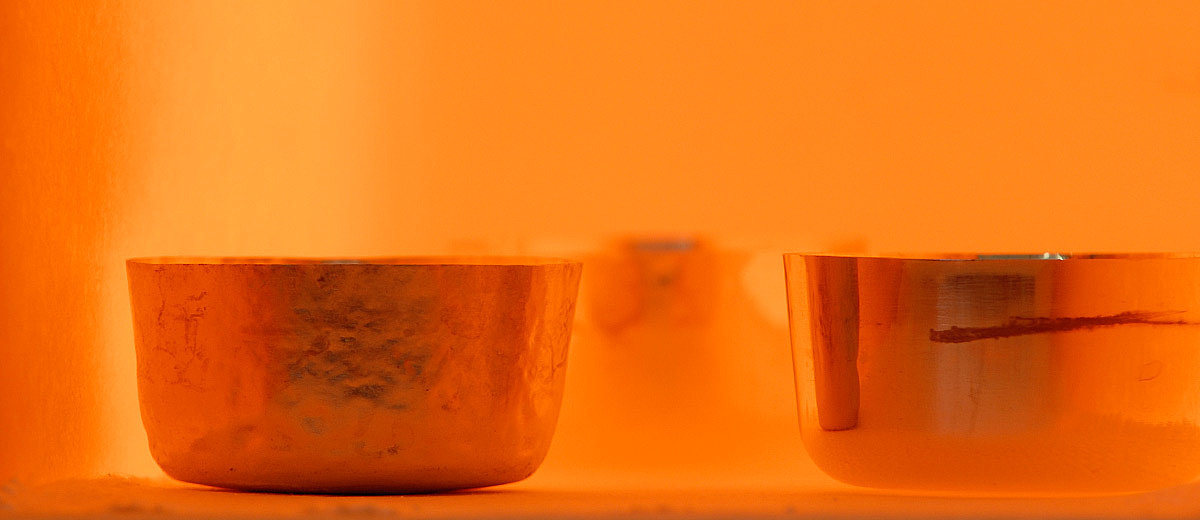
Corrosion analysis
Corrosion damage on metal materials costs the German economy billions every year. A large part of this damage could be prevented by the consistent application of existing knowledge.
New corrosion scenarios are constantly appearing due to ever shorter product cycles and the associated use of new materials and material combinations, not only in the automotive industry in particular but also in other industrial sectors.
revierlabor therefore offers numerous analytical facilities and tests which are carried out in compliance with the international standards DIN, ISO, SEP, and ASTM or customer specifications.
Climate Chamber
This is where the relevant atmospheric conditions are simulated. revierlabor performs standard tests, such as the alternating climate test (with and without sulphur dioxide) and the salt-spray test in accordance with the different DIN/ISO standards. Combined tests such as VDA 621-415 and tests with aggressive media such as the CASS test and various versions of the SWAAT test can also be performed.
Scanning electron microscopy and metallography
These methods are used to identify corrosion products, document the extent of the damage and explain how the damage has developed.